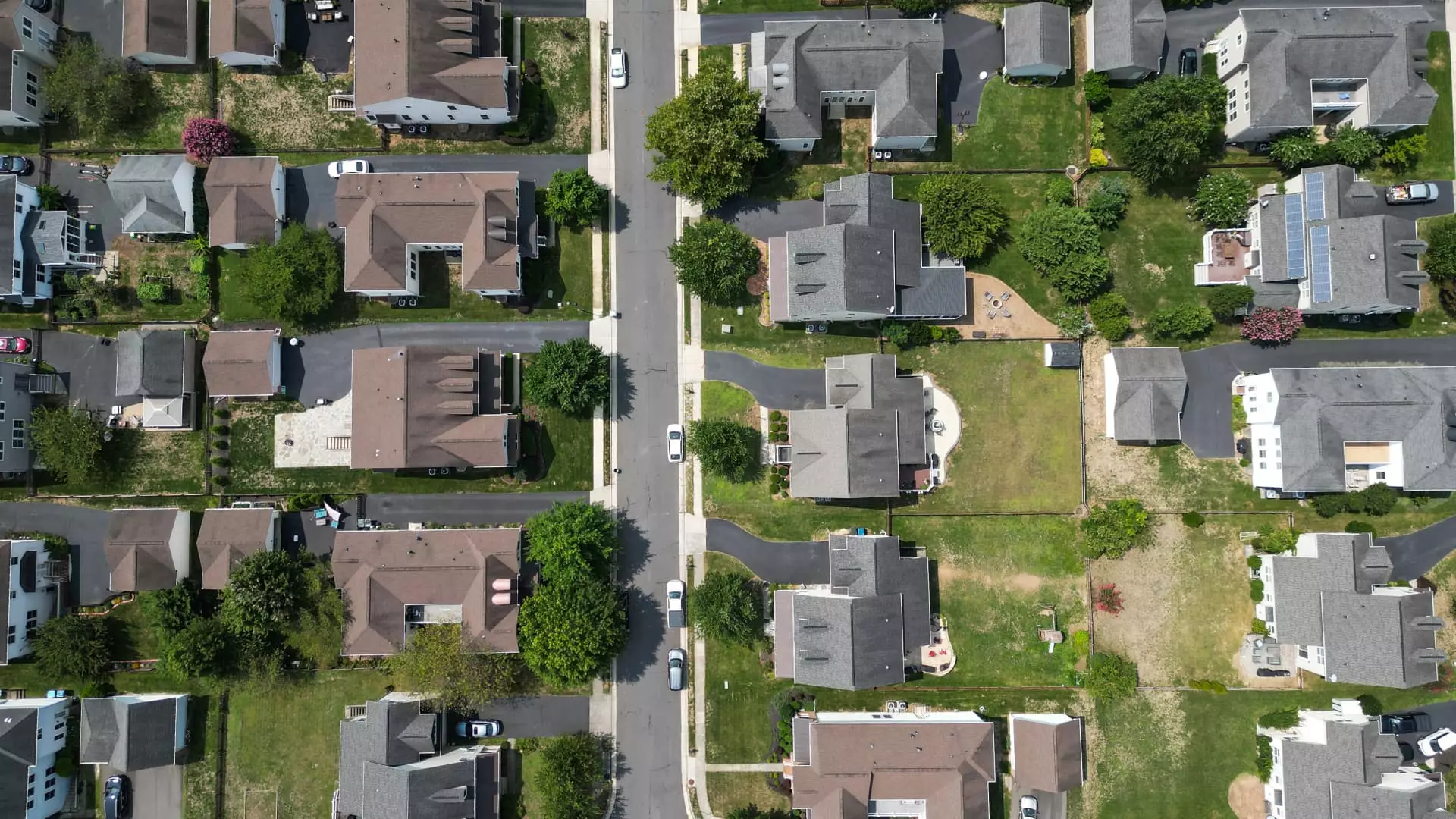Just when homebuyers thought they could catch a break, mortgage rates have taken a sharp turn for the worse. This week, the average rate for a 30-year fixed mortgage spiked to 6.85%, marking the highest level in over a month. This hike of 22 basis points on Monday and an additional 3 basis points on Tuesday effectively wiped out the previous week’s glimmers of hope. The swift fluctuations in mortgage rates reflect the chaotic state of the bond market, a reality homeowners have had to grapple with for far too long. Essentially, the tumultuous interplay of geopolitical events, such as recent tariffs announced by former President Donald Trump, has once again dictated the trajectory of the market.
Investor Behavior and the Bond Market’s Influence
After last week’s unexpected drop in mortgage rates—which brought them to their most favorable levels since October—the bond market reacted much like an emotional teenager. The precipitous plummet followed the announcement of tariffs that incited turmoil in the stock market, prompting investors to seek refuge in the bond market. When investors shift their focus to bonds in times of uncertainty, bond yields naturally decline, subsequently impacting mortgage rates. In the words of Matthew Graham from Mortgage News Daily, last week’s drop was a “knee-jerk reaction,” responding to dire economic forecasts. The revival of rates this week showcases how fickle investor sentiment can be, swaying like a pendulum based on the morning’s news cycle.
This vicious cycle in the bond market lends credence to the notion that homeownership is increasingly becoming an elusive dream for many. The climbing mortgage rates reignite historical concerns about housing affordability—the quintessential American dream slipping away. As much as one might hope for the stability that allows for responsible financial planning, the reality is stark: homeowners and potential buyers are stuck on a roller coaster that they never signed up for.
The Spring Housing Market: A Mixed Bag
With the arrival of spring, one would expect a revitalization in the housing market; however, optimism may be misplaced. While reports indicate a higher number of homes being listed for sale, the mounting pressure of inflated home prices continues to suffocate potential buyers. The current housing environment is fraught with challenges, as rising prices coupled with economic uncertainty lead to reduced consumer confidence. Danielle Hale, the chief economist at Realtor.com, highlights a crucial paradox: while inventory is increasing, affordability issues render a bullish market response improbable.
Furthermore, though there was a nominal increase in pending home sales—up 2% in February from January—it doesn’t provide solace in light of the broader decline in activity, down 3.6% compared to February 2022. The current state reflects a crucial moment for both buyers and sellers where the winds of change may not bring the promised reform.
The Potential for a Market Rebound
As homebuyers navigate these murky waters, the prospect for a meaningful decline in mortgage rates hangs tantalizingly in the balance. Economists point to upcoming data releases—the consumer price index and producer price index—as potential harbingers for a shift in rate momentum. If these reports reflect a decline in inflationary pressures, they may offer the relief that both buyers and sellers desperately crave.
Yet, even amid potential optimism, the reality remains that mortgage lending is steeped in complexity. The so-called “mortgage rate lock-in effect” serves as a barrier to potential sellers, limiting supply as current homeowners cling to existing lower rates. In this stagnant cycle, the room for growth remains stifled, perpetuating a state of limbo within the housing market.
Ultimately, while analysts assess the intricate dance of the bond market and mortgage rates, one can’t help but feel a sense of urgency surrounding housing affordability. The time has come for policymakers and economic leaders to prioritize creating conditions that foster accessible homeownership. Without movement toward reform, the dream of homeownership could dissipate entirely for many, leaving us to ponder: when will the tide finally turn in favor of the everyday American?

